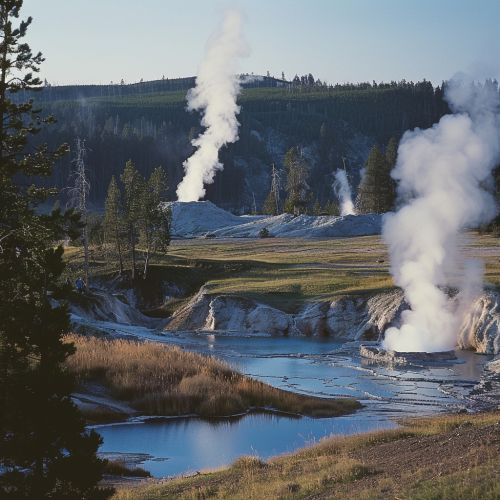National Park Service
Overview
The National Park Service (NPS) is an agency of the United States federal government that manages all national parks, many national monuments, and other conservation and historical properties with various title designations. It was created on August 25, 1916, by Congress through the National Park Service Organic Act and is an agency of the United States Department of the Interior. The NPS is charged with a dual role of preserving the ecological and historical integrity of the places entrusted to its management while also making them available and accessible for public use and enjoyment.
History
The idea of preserving areas of outstanding natural beauty for the enjoyment of the public emerged in the United States in the mid-19th century. The first national park, Yellowstone National Park, was established in 1872 by President Ulysses S. Grant. However, it was not until 1916 that a separate agency, the National Park Service, was created to manage these federal lands. The Organic Act of 1916 defined the purpose of the NPS as "to conserve the scenery and the natural and historic objects and the wildlife therein and to provide for the enjoyment of the same in such manner and by such means as will leave them unimpaired for the enjoyment of future generations."


Structure and Function
The National Park Service is governed by a director, who is appointed by the president and confirmed by the Senate. The director is supported by a deputy director and six associate directors who oversee various aspects of the agency's operations, including park planning, facilities, and lands; interpretation and education; and natural resource stewardship. The NPS is divided into seven regions, each headed by a regional director. Each region is further divided into parks, each managed by a park superintendent.
The primary function of the NPS is the management and conservation of the national parks, monuments, and reservations in its care. This includes the preservation of wildlife, historical sites, and natural features, as well as the provision of recreational opportunities for visitors. The NPS also provides educational programs and resources, conducts scientific research, and works with partners to extend the benefits of natural and cultural resource conservation and outdoor recreation throughout the United States and the world.
National Parks
As of 2021, the National Park Service oversees 423 units, of which 63 are designated as National Parks. These parks are located in 29 states and two U.S. territories, and they encompass more than 84 million acres. The largest national park is Wrangell–St. Elias National Park and Preserve in Alaska, which covers over 13 million acres. The smallest is Hot Springs National Park in Arkansas, which covers just over 5,500 acres. The most visited national park is the Great Smoky Mountains National Park, with over 12 million visitors in 2019.
Challenges and Controversies
The National Park Service has faced numerous challenges and controversies throughout its history. These include issues related to funding and staffing, the impact of tourism on park resources, the management of wildlife, and the preservation of historical and cultural resources. The NPS has also been involved in debates over land use and the designation of new parks and monuments.
